Is growing lettuce indoors possible? Absolutely! In fact, lettuce is one of the easiest vegetables to grow both outside and indoors. When the temperatures drop below zero, it’s possible to grow delicious, tender, leaves of lettuce inside the comfort of your own home.
Sun Requirements
All plants need some degree of sunlight (lettuce included). However, lettuce is shade-tolerant, so it can thrive on less light than other plants. A warm sunny windowsill will do in most cases.
A grow-light or lit planter, however, will produce stronger, non-leggy plants with faster growth rates than plants receiving very little, indirect sunlight. It’s more important for your tender seedlings to receive plenty of light than it is for mature plants. Once your lettuce plants are established, they’ll be able to survive and thrive in lower levels of light.
Soil And Water Requirements
Lettuce prefers cooler soil and tolerates cooler ambient temperatures than other types of plants. Soil should be well-drained because waterlogging may cause roots to rot. Don’t let the soil dry out completely, though. Your lettuce plants will wither quickly if not provided with enough water.
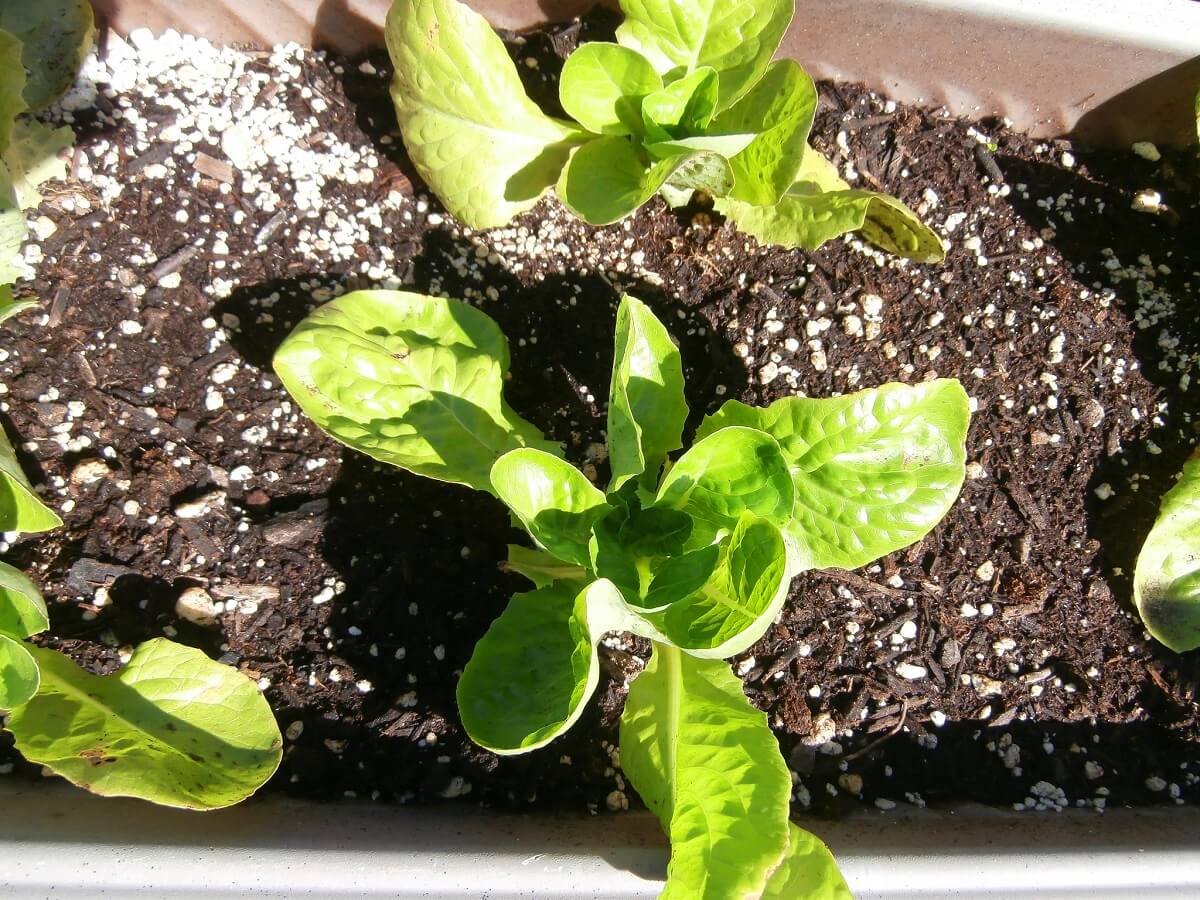
Hot temperatures cause bolting, but those temperatures are easily avoided when growing indoors, so you’re less likely to deal with your lettuce plants going to seed. Water frequently (unless growing hydroponically or using a self-watering container) but avoid waterlogging the soil.
Harvesting Lettuce
There are two ways to harvest lettuce. Harvest the whole head at once, and your plant will no longer produce. You’ll need to sow in succession for a steady supply. To get the most out of growing lettuce indoors, opt to trim and cut leaves as needed. Cut the outer leaves first, and your plants will continue to grow and produce food for you.
Things To Consider When Growing Plants Indoors
Whenever growing anything indoors, there are a few things to take into consideration.
Space
You need to set aside a bit of real estate for growing indoors. The amount of space depends on how much you want to grow — whether it’s a few square feet in your kitchen, or a whole grow room in the basement.
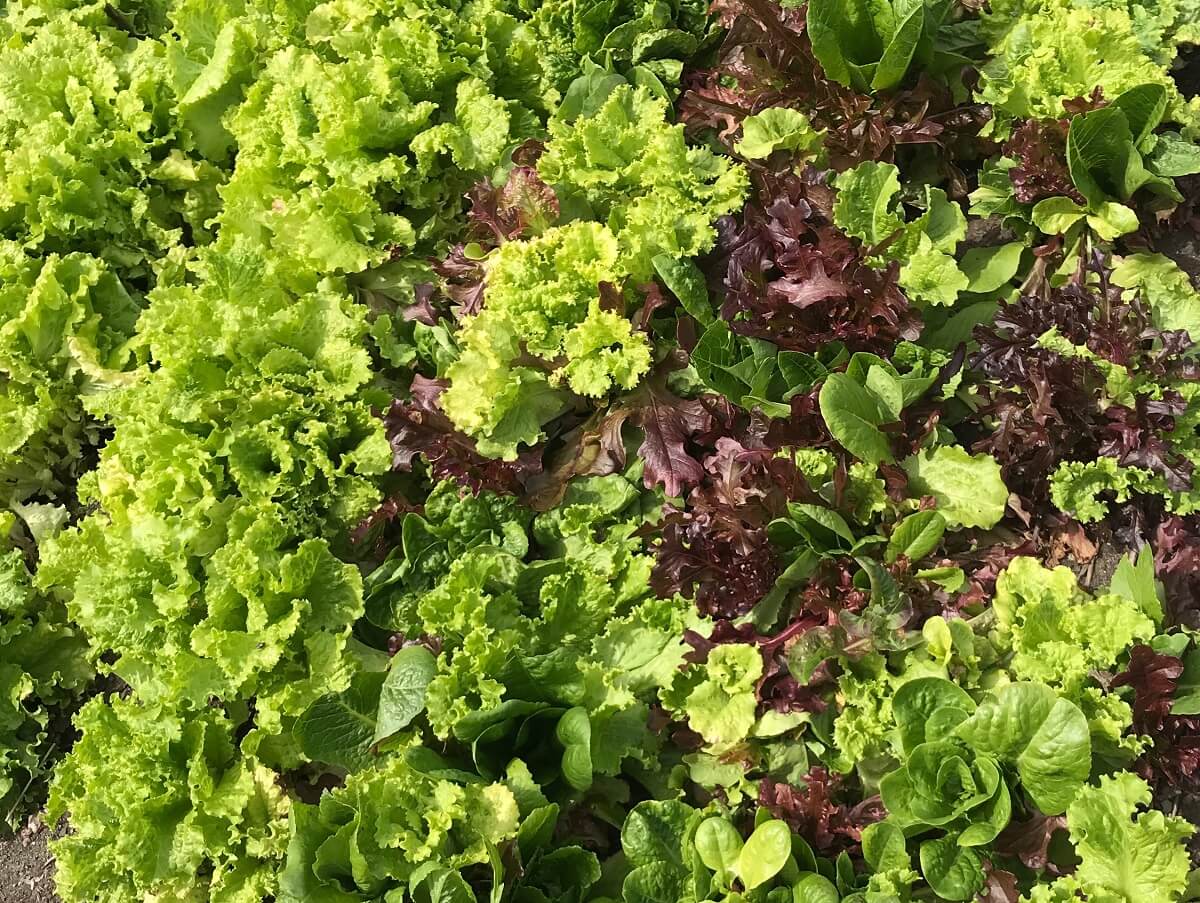
Remember that when you’re growing lettuce indoors you can harvest it in a cut-and-come-again fashion, so even a few plants will yield a decent amount of greens.
You Are Acting As Mother Nature
When growing indoors, you replace Mother Nature. You cannot rely on rainy days to make up for a lack of watering. If you sincerely want to grow anything indoors, you need to be ready to make an effort to maintain your plants or invest in a self-watering planter.
Pets
Do you have pets? Remember that curious cats and hungry dogs should be kept away from your indoor plants. Some plants are toxic (lettuce is not) but furry pals have a penchant for digging up the dirt and munching on leaves.
Growing Lettuce Indoors In Water
If you’re interested in trying hydroponic gardening, lettuce is an excellent plant to start. It’s easy to grow and does well in a soilless medium because it has a shallow root system compared to other vegetable plants.
Related Post: Growing Lettuce
But you can’t plop lettuce seed in a bucket of water and expect them to grow. They’ll quickly drown and rot if tossed directly into the water. Even hydroponic growing requires a growing medium. The most common mediums for this type of gardening include peat or rock wool which both suck up water like a sponge. You can grow lettuce using specialty hydroponic containers, but it’s possible to DIY a setup, as well.
The first step required for hydroponic growing is to start your seeds. The process is the same as you might use to start seeds in the early spring. Use peat soil pellets as the growing medium. Most hardware stores sell seed starting kits which include pellets, seed trays, and domes.
These are excellent for all types of growing operations and are very low cost. Once your seedlings have germinated, remove the dome to prevent mold growth, and avoid damping off. Allow your seedlings to grow for several weeks so that they have a few leaves.
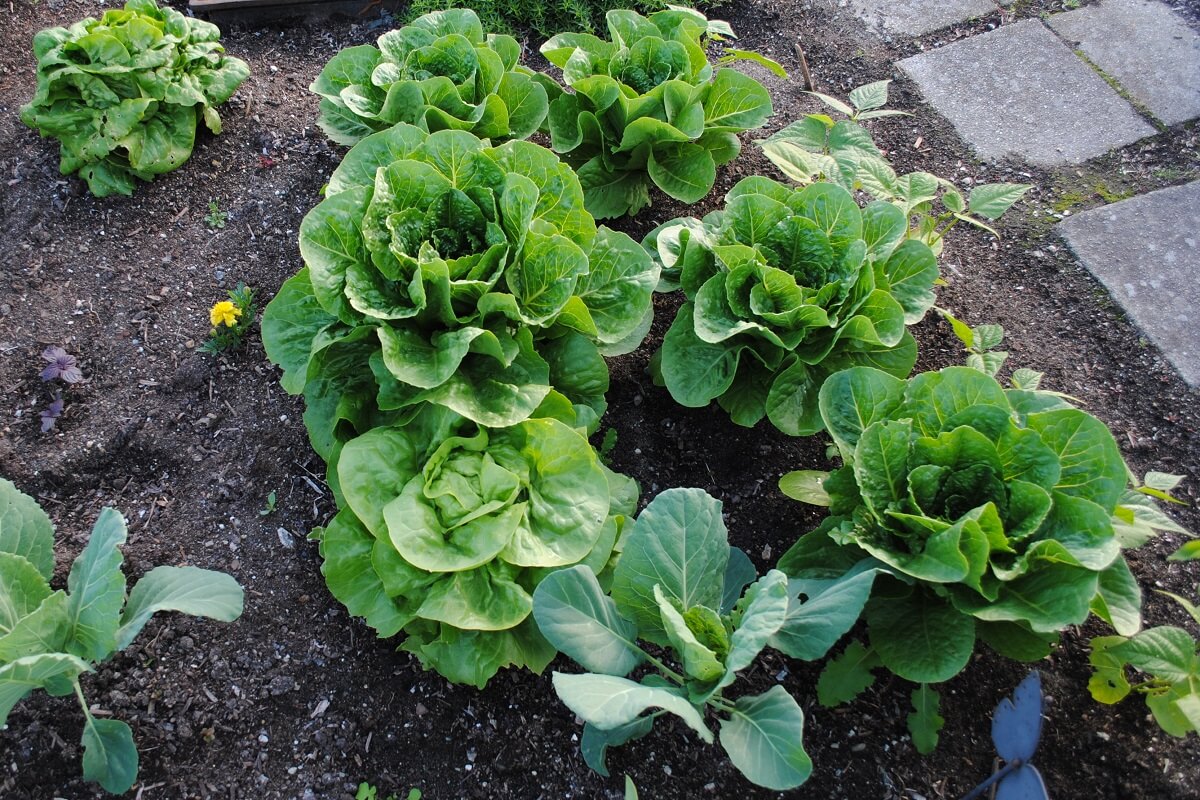
Whether you’re using a fancy setup or a simple plastic container, you’ll transfer your peat pellets to their hydroponic growing location. In containers designed especially for hydroponic growing, cut-outs are located at intervals so that you can place your peat pellet or rock wool growing medium. With a plastic container, you may cut out holes in a lid or top to house your pellets.
Related Post: Cabbage Vs. Lettuce
Growing hydroponically doesn’t just mean that the roots of your seedlings are touching water, the solution is intended to provide moisture and nutrients, so liquid fertilizer must be mixed in to provide a suitable food source for your plants. When first placing your pellets, be sure that they hover above the liquid without fully submerging the roots. Over time, the root system will increase in size and travel into the water.
Why Grow Lettuce Hydroponically?
Hydroponically grown greens tend to produce larger leaf systems because the plant is not focused on expanding its root system into the soil. While it’s possible to encounter problems with hydroponic growing — algae for instance, is an issue when plants are grown in containers that expose the liquid to light — this type of growing method is far less likely to leave your plants burdened with pests and disease.
Related Post: 7 Fall Vegetables You Should Grow
You also have a greater amount of control over the growing environment, though this is true of most indoor growing operations. And there’s no need to worry about weeds!
Best Lettuce Varieties For Indoor Growing
Leaf lettuces are traditionally easier to grow than head lettuce varieties (e.g., romaine), and the same is true for indoor growing.
Baby Varieties
These are compact, miniature varieties of larger-sized lettuces, and they are excellent for those who have limited space and can only grow in smaller containers. The bonus? Baby varieties tend to have the most tender leaves! One of my favorites is Tom Thumb.
Black-Seeded Simpson
One of the most popular varieties for growing lettuce indoors and outdoors, it produces very tender tasting leaves and grows well in a variety of conditions.
Red Deer Tongue
Infuse a bit of color into your next bowl of salad with a lettuce that has dark red leaves. It’s quite low-maintenance and very unlikely to bolt, especially if grown indoors.
Mesclun Mix
For when you can’t decide on the type of lettuce and want a mix of colors and texture for your salad bowl.
Grand Rapids
One of my personal favorites, this lettuce variety produces beautiful, green, frilly leaves with a wonderful flavor profile. I brought a salad to a gathering with friends recently and was told that my lettuce had so much more flavor than regular store-bought lettuce.
Buttercrunch
Slightly more tender than the loose-leaf varieties mentioned above, this butter lettuce produces a beautiful round bundle of green foliage.
Whatever variety you decide to grow and however you plan on growing lettuce indoors, I guarantee that with a modicum of effort, you’ll end up successful. Lettuce is quite easy to grow and tough to kill once established. Just be sure to give your plants enough water — lettuce is mostly water, after all — and use those delicious leaves to make tasty salads for lunch or dinner.
Do you have experience growing lettuce indoors? What other plants do you grow in your kitchen? Let us know in the comments below!


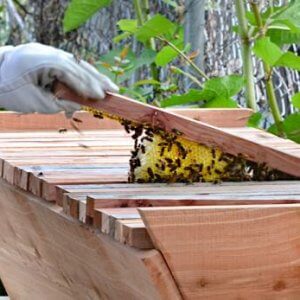



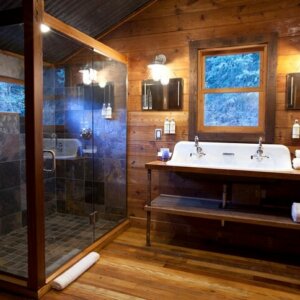
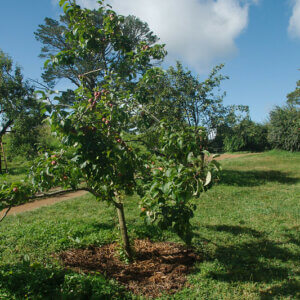

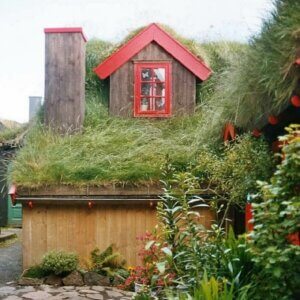

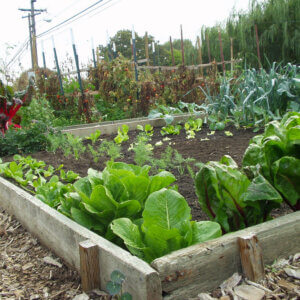


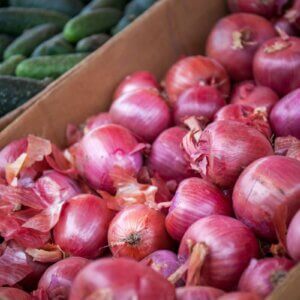

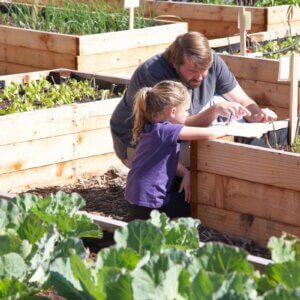






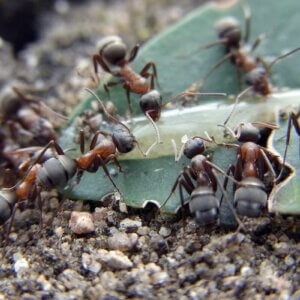
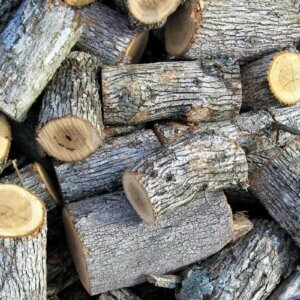
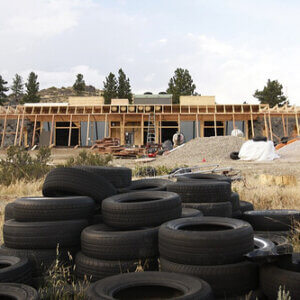
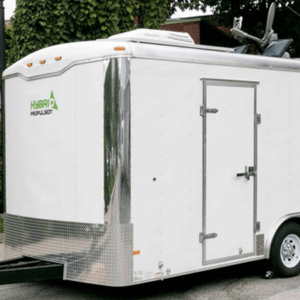
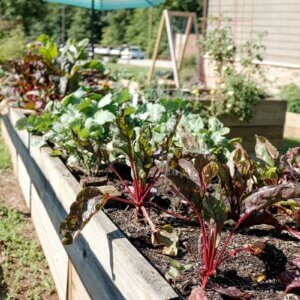
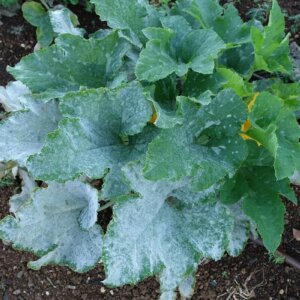


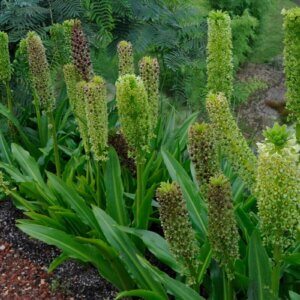
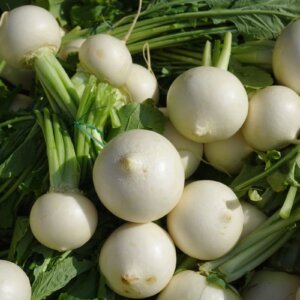


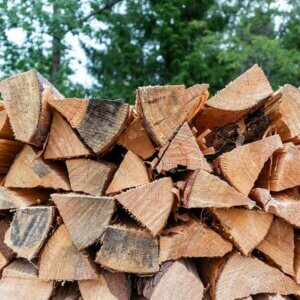
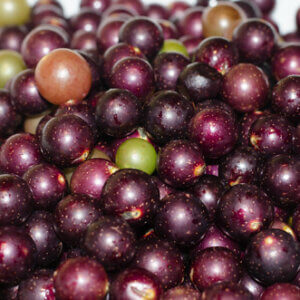
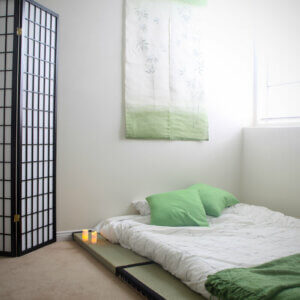


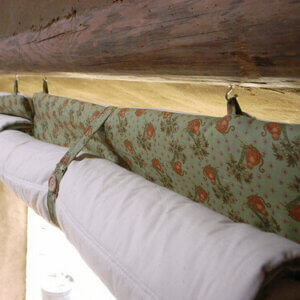

This may be a silly question but do you have any suggestions on keeping the soil cool? I live in Australia and the summer months can be brutally hot.